freeCodeCamp ~ Build a Tribute Project
Project Page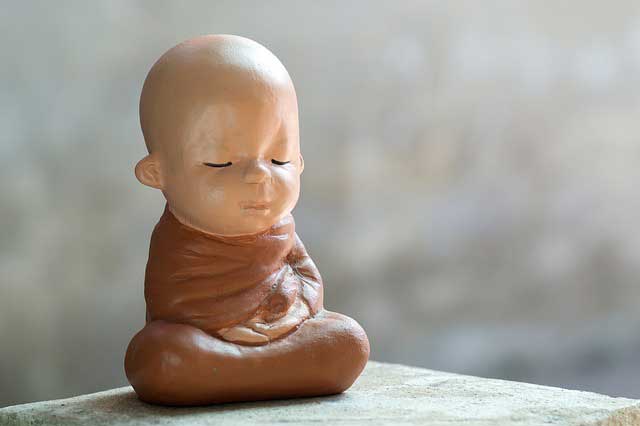
563BC
The Buddha’s mother was the wife of a leading figure in a small state known by its tribal name, Śākya...
It was a kind of oligarchic republic that was situated on the border of modern day India and Nepal. According to Buddhist tradition, she dreamt that an auspicious white elephant entered her womb.
The Buddha emerged from his mother’s side, as she stood leaning against a tree, in a painless and pure birth.
He took seven steps and lotus flowers sprang up in his footsteps. A wise man predicted that this child would be either a great secular ruler or a great religious leader. He was named Siddhārtha (or Sarvārthasiddha), meaning ‘a man who achieves his goals’. His mother died shortly after his birth and he was brought up by his maternal aunt Mahāprajāpati.
Just as a mum cares for her only child all her life, radiate kindness through the world with boundless heart, unconfined, without anger or adversary.
Metta Sutta (the Buddha's words on loving kindness)
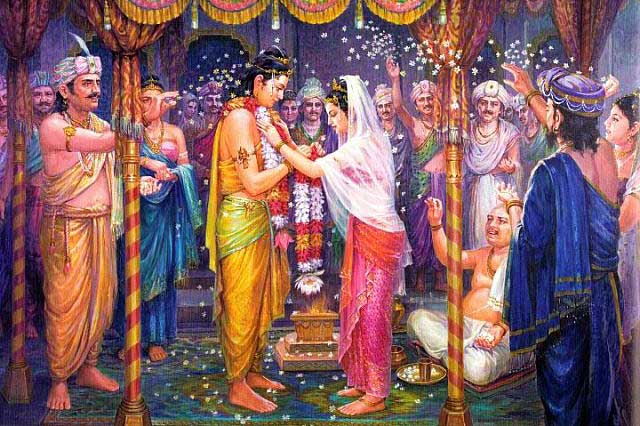
584BC
Siddhārtha was married at 15 – the normal age of consent – to a younger bride called Yaśodharā.
She conceived in due course and gave birth to a boy, who was called Rāhula. Siddhārtha is understood to have been a well educated young man, trained in martial arts and to have enjoyed his privileged life in ancient Kapilavastu, the capital city.
You only lose what you cling to.
Sayings of the Buddha
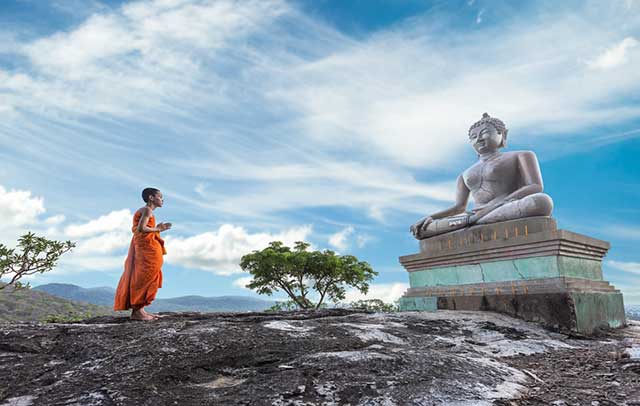
Prior to 534BC
Siddhartha’s father Śuddhodana wanted his son to become the political ruler predicted at his birth...
So he conspired to protect his son from any religious aspirations by giving him a life of pleasure and privilege, and by preventing him from seeing the harsher sides of reality. His plan eventually failed. Siddhartha managed to explore his society and was profoundly disturbed by finding out about old age, sickness and death. He was also fascinated by the sight of religious people seeking answers to life’s big questions.
"Everyone is frightened of violence. Everyone loves life. Put yourself in the other person’s place and you would neither kill nor encourage killing."
Dhammapada 130
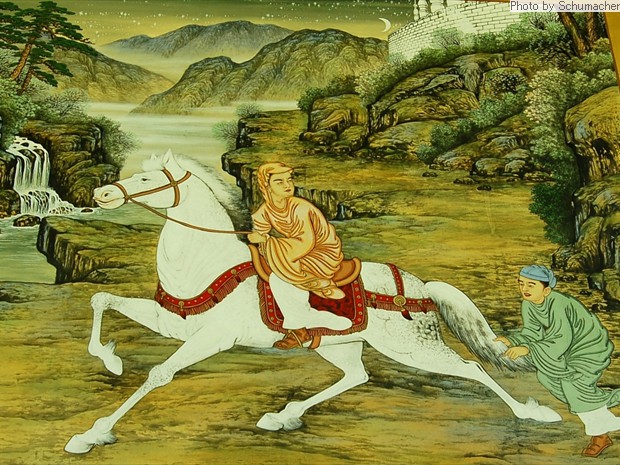
543BC
Eventually the tensions between cosy and familiar home life and the challenge of suffering and death became too much...
Siddhartha left home on his own, as tradition has it slipping away in the dead of night, leaving his family in despair. In a dramatic moment, deep in the wilderness, he abandoned his horse and cropped his hair. He became a religious wanderer, and sought out the company of others doing the same. He travelled south into the neighbouring kingdom of Magadha (modern Bihar) where he was spotted by the young king Bimbisāra as he begged on the streets in the capital city Rājagriha.
No one saves us but ourselves. No one can and no one may. We ourselves must walk the path.
Sayings of the Buddha

534BC
Siddhārtha is first described as training with a succession of meditation teachers, including the masters Ālāra Kālāma and Uddaka Rāmaputta....
These people taught him meditation methods by which his mind could be calmed and enter more and more refined states of 'one-pointed' serenity, in which awareness of the outside world recedes. Although these experiences are powerful and satisfying in themselves, they do not last. Once his meditation was finished, he returned to being as before. Siddhārtha wanted a permanent solution and, despite being recognised as fully competent by his teachers, left them behind.
You can beat a thousand men in a thousand battles, but the true conqueror is the person who conquers himself
Dhammapada 103
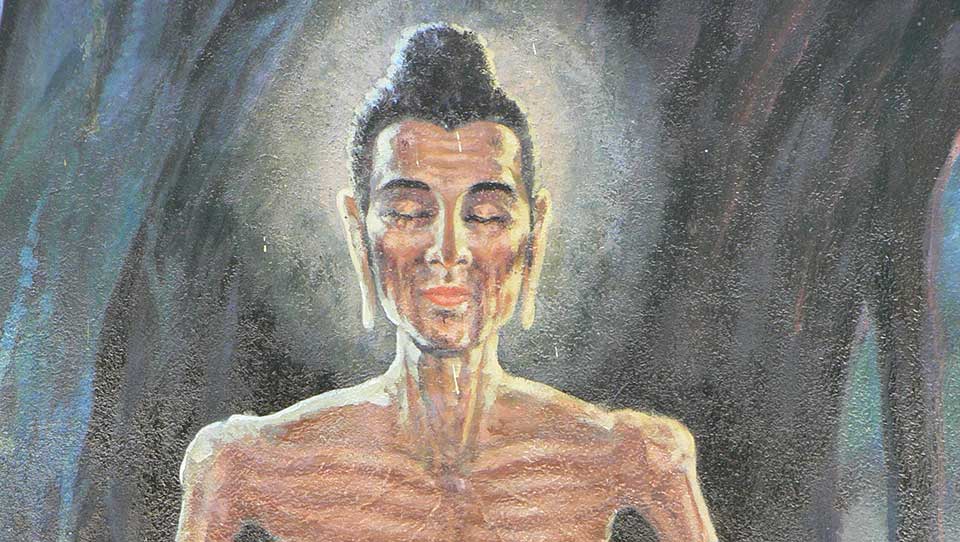
532–528BC
Siddhartha relocated to a spot near this pleasant village in the far west of Magadha, where he took up a completely different course of action...
Another approach adopted in his day was asceticism – the testing of one’s physical body by arduous tasks. These included: exposure to the heat of the sun without protection; avoiding a single physical posture, such as lying or sitting down; holding one’s breath; or fasting by reducing food intake progressively until surviving on tiny amounts of food. The idea was that one could wear down the physical influence of one’s being and release the soul, an insubstantial essence in each individual.
For soon the body is discarded, Then what does it feel? A useless log of wood, it lies on the ground, Then what does it know? Your worst enemy cannot harm you As much as your own thoughts, unguarded. But once mastered, No one can help you as much, Not even your father or your mother.
Sayings of the Buddha
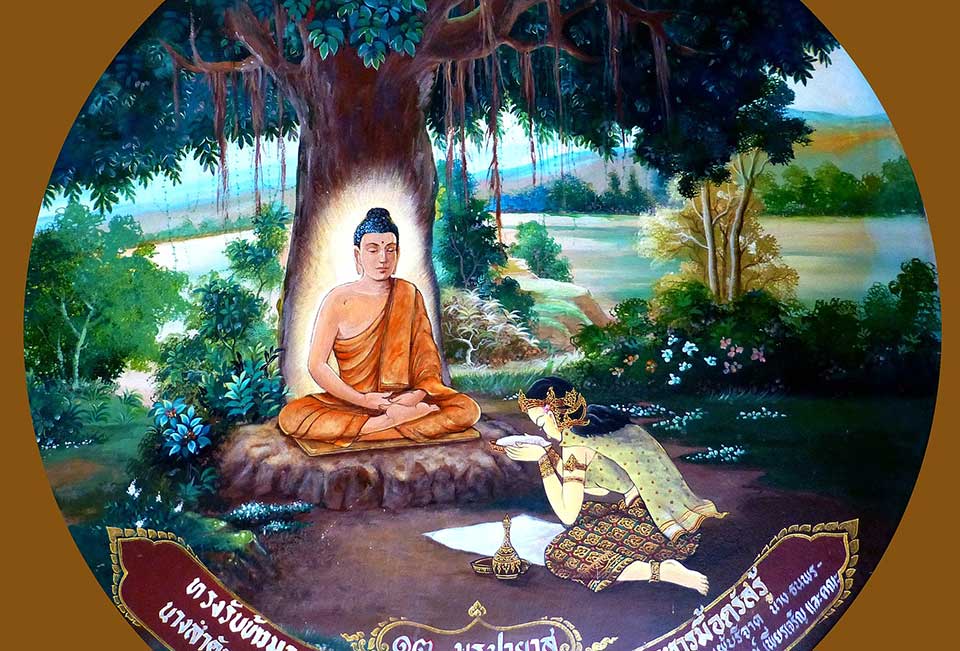
528BC
Siddhārtha took up this type of practice wholeheartedly and eventually settled with a group of five others near Varanasi...
He became highly proficient, but after some years of trying a variety of practices, Siddhārtha collapsed. He decided that all he was doing was risking death without any solution to the problems of suffering and death. He accepted a small meal of milk rice from a young woman called Sujātā, offered in thanks for having just given birth to a much desired son.
One beneficial word which helps you become peaceful is better than a thousand words with no benefit.
Dhammapada (sayings of the Buddha), verse 100
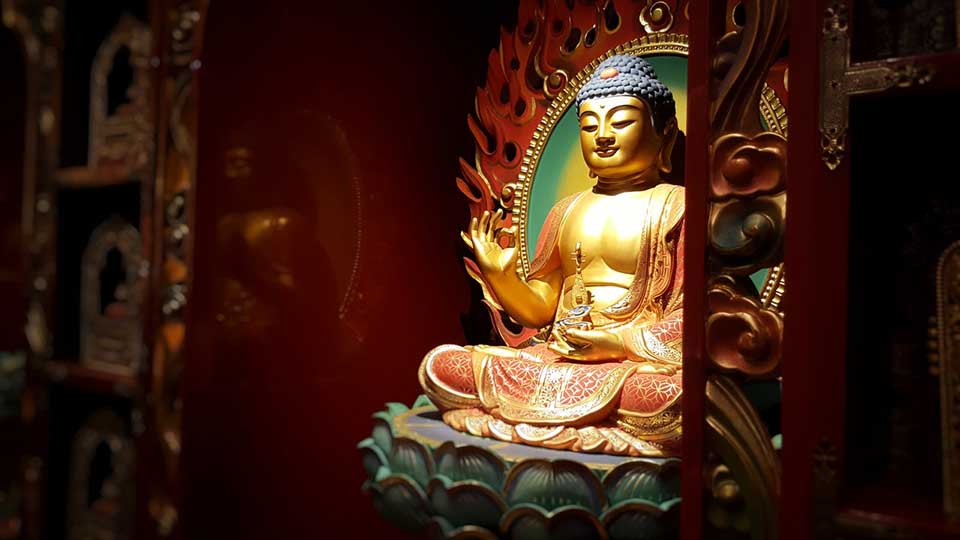
528BC
Siddhārtha’s companions rejected him when he gave up asceticism. As he recovered strength, he moved near the river Nerañjarā and settled under a tree...
He sought a way to understand the human situation that would be liberating. He combined restraint with the withdrawal from the senses he had learnt in meditation. Remembering a moment of quiet illumination from his childhood, he entered a state of mind in which he could recall his past lives and understand what kept him and others tied to the cycle of rebirth. He attained ‘awakening’ or bodhi. This was the core experience by which he came to be called buddha, which means ‘awakened’.
Your work is to discover your work and then with all your heart to give yourself to it.
Sayings of the Buddha

528BC
The exact time varies according to source, but several weeks after his awakening, the Buddha decided to communicate his experience to other people...
He was not originally optimistic about this, but was persuaded that someone might understand. For want of anyone better to speak to, he walked to Sārnāth, not far from Varanasi, to find his former ascetic companions. He took some care to explain his insights to them. The teaching he gave is summarised in a text called the Dharma-cakra-pravartana Sutra – the discourse describing the first turning of the wheel of the teaching. The five ascetics became his first five disciples.
If you are quiet enough, you will hear the flow of the universe. You will feel its rhythm. Go with this flow. Happiness lies ahead. Meditation is key.
Sayings of the Buddha
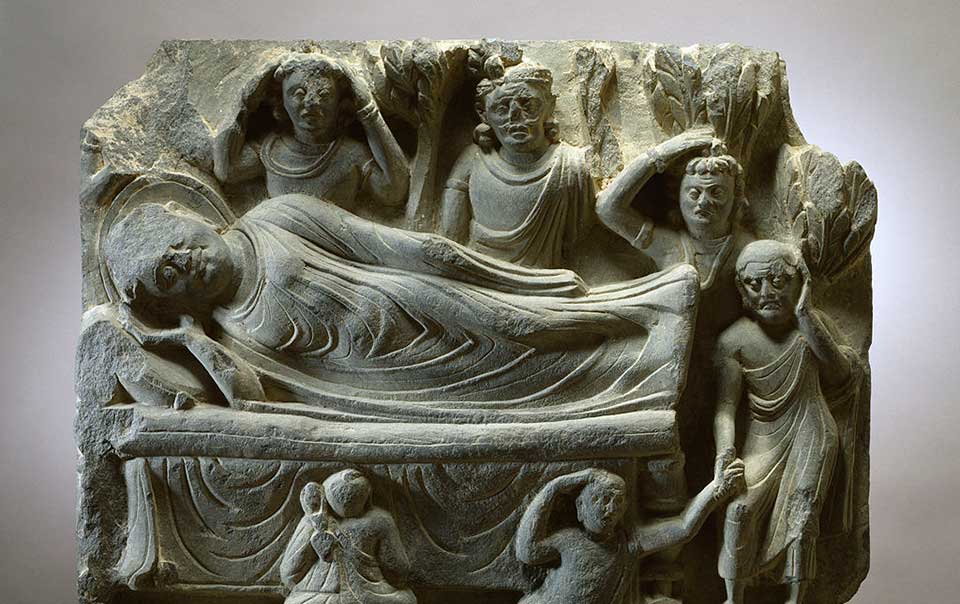
483BC
The Buddha taught continuously in the remaining 45 years of his life. He travelled around north-east India, teaching in a variety of dialects.
In his 80th year his life ended near a small town called Kuśinagara, in Malla (Uttar Pradesh). Falling ill, possibly from food poisoning, he checked with his monastic followers whether they had any questions to ask before he died. They had none. He encouraged them with his final words: “Things that arise from causes will also decay. Press on with due care.” Amidst an unseasonal fall of forest flowers, he lay on his right side, entered a profound meditative state and passed away.
Speak the truth; don’t yield to anger; give something, if you’re asked, even if you only have a little yourself.
Dhammapada 224
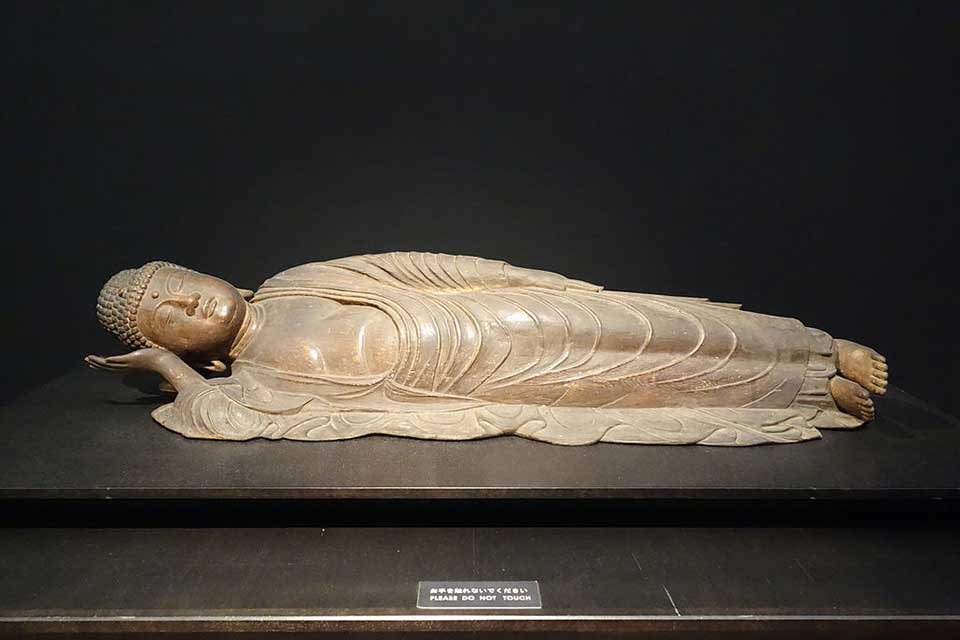
483BC
The Buddha’s body was carried from its forest grove in through the north gate of Kuśinagara, and from there to a well known funerary monument.
The Buddha had left instructions for his disposal. His body was to be wrapped in linen and cotton, encased in an iron vessel and burnt on a pyre. The surviving pieces of burnt bone were divided between representatives from eight states. The bowl itself was given to Droṇa, who had divided the relics, and a group of latecomers were given the ashes from the pyre. Each group built a funerary monument over their relic, and these became the 10 places where the Buddha could be worshipped.
Avoid all evil, cultivate good, and purify your mind – this is the Buddhas' teaching.
Dhammapada 183